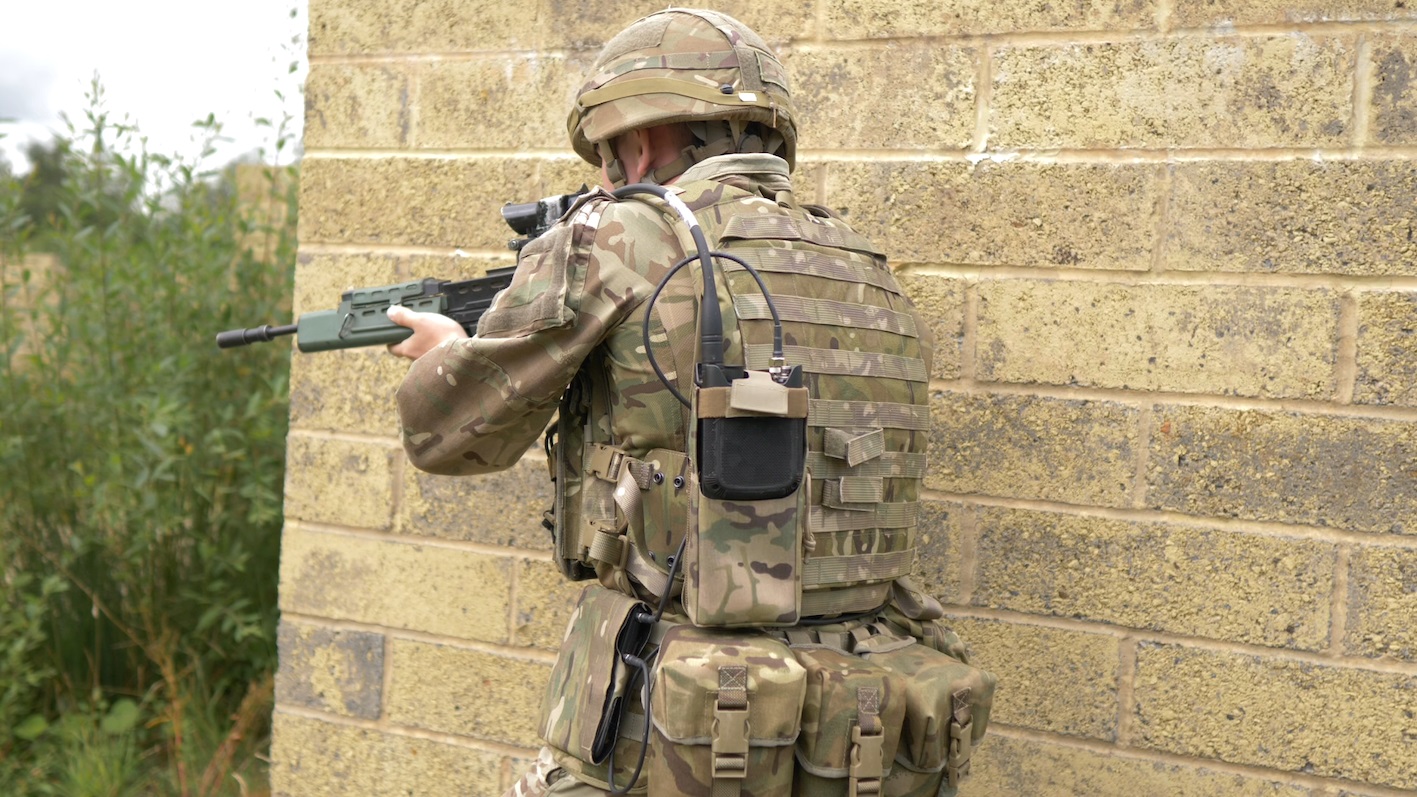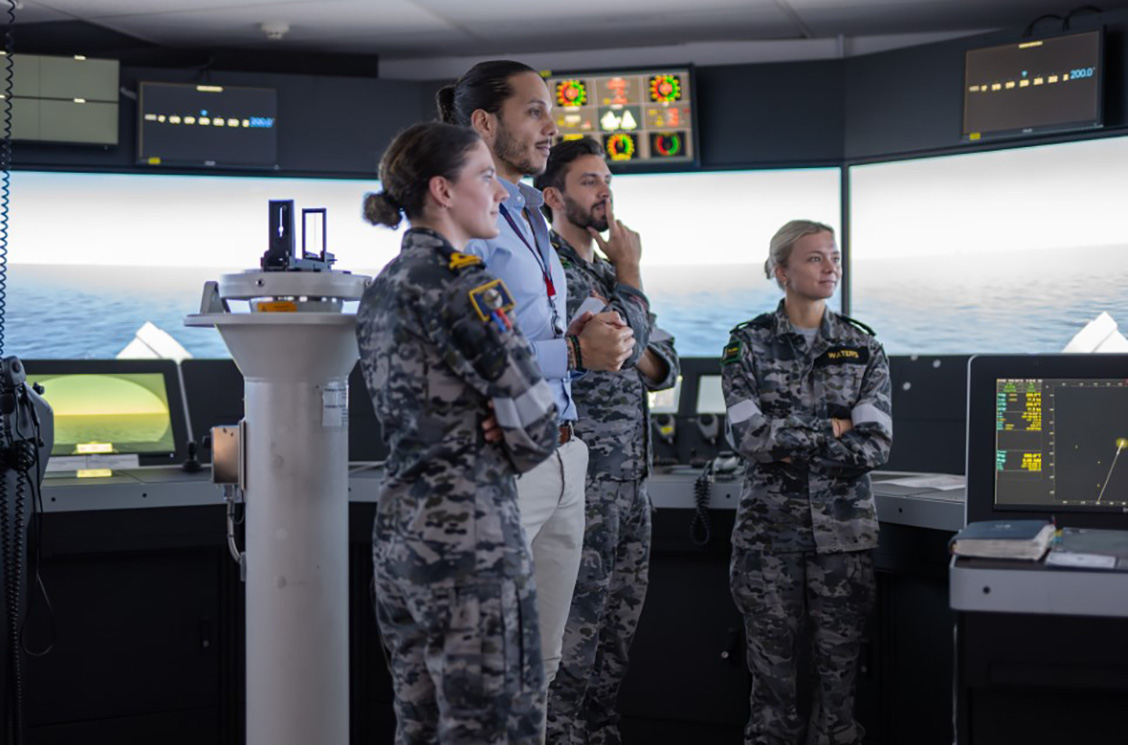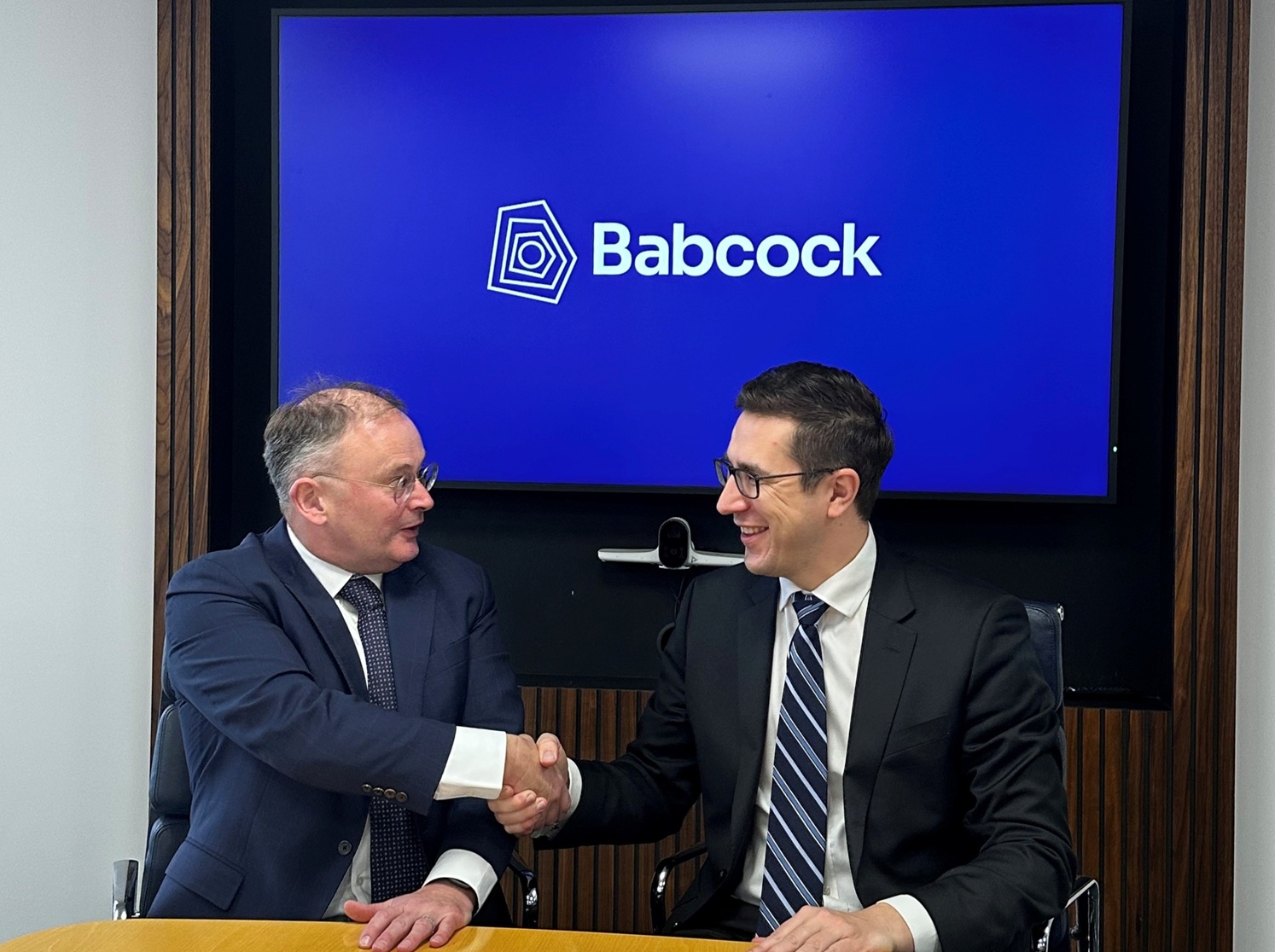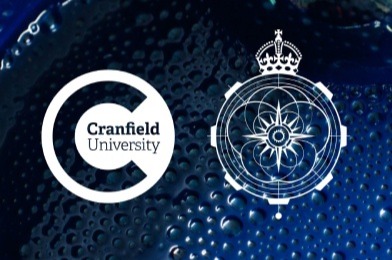Thales showcases integrated tech at AWE

Above: Thales' Storm 2.
Courtesy Thales
Building on last year’s success, Thales demonstrated a comprehensive suite of solutions at AWE last week, designed to provide soldiers with enhanced situational awareness, communication and electronic warfare capabilities, optimised for operations in the urban environment.
Thales' demonstration at AWE was centred around the integration of ground-based systems with airborne intelligence platforms. These included a Thales ISTAR Node, SquadNet compact soldier radios, an HFXL radio and Storm 2 – Thales’ ultra-compact, lightweight personal CEMA system.
AWE saw Storm 2 in the hands of soldiers for the first time, utilising the system to identify data signals as they moved through the urban environment. Networked via Thales’ SquadNet radios, upon identifying a potentially hostile network, Storm 2 targeted the ISTAR sensor onto the relevant location. The resulting intelligence was then rapidly sent back to the soldier, with imagery and wider data on the potential threat. All these processes, from initial detection to the intelligence delivery, utilised Thales’ advanced algorithms to dramatically simplify the process – removing cognitive burdens from the end-user.
Thales also demonstrated its newly released data-first HFXL radio with Allied forces. This technologically advanced wideband HF radio integrates with SquadNet radios to produce a comprehensive communication network that links frontline soldiers, commanders, and intelligence platforms, in real time, without the need for any communications infrastructure.
The prototype ISTAR Node is at the heart of this dynamic architecture. Ensuring that the electro-optical camera data from an Uncrewed Air System (UAS) overhead is available to soldiers via their SquadNet radios and that electronic intelligence is available to the UAS crew from Storm 2 as well as relayed back to the headquarters.
The ISTAR Node also connected Allied forces, with targets acquired by a French sighting system and Storm 2 CEMA contacts used to cross-cue the UAS and resulting imagery delivered to soldiers on the ground. A subsequent attack by ground forces was monitored by the UAS, with the ISTAR Node using Thales’ HFXL radio bearer to relay the full tactical situational awareness picture (imagery and CEMA) back to the headquarters.
John Dix, UK Sales Manager for Land Communications, explained the importance of these technologies: "The integration of these systems is a game-changer for the modern battlefield. For the first time, soldiers can get immediate, accurate intelligence from UAVs while out on operations. At the same time, commanders can make informed decisions based on real-time data, transmitted securely over HFXL radios, which is critical for operations in denied environments. Taken together, this ensures our troops will have a tactical advantage in any urban operation.”
By integrating tactical UAS through Thales’ ISTAR Node with ground-based systems like Storm 2, the British Army can act more decisively, leveraging real-time intelligence to blunt and dislocate enemy operations. These advancements not only bolster protection but also enable offensive actions, creating a more agile and flexible force.
The newly released HFXL radio also plays a key role in these developments. Offering secure, infrastructure-free communication over long distances, this data-first radio allows commanders to maintain operational control even in denied environments. The HFXL system is unique in using multiple non-contiguous channels and a cognitive engine that continually scans the HF spectrum and selects the optimum frequencies. This makes HFXL inherently more secure, more efficient, harder to jam and capable of transmitting large data packages without exposing soldiers’ positions.












